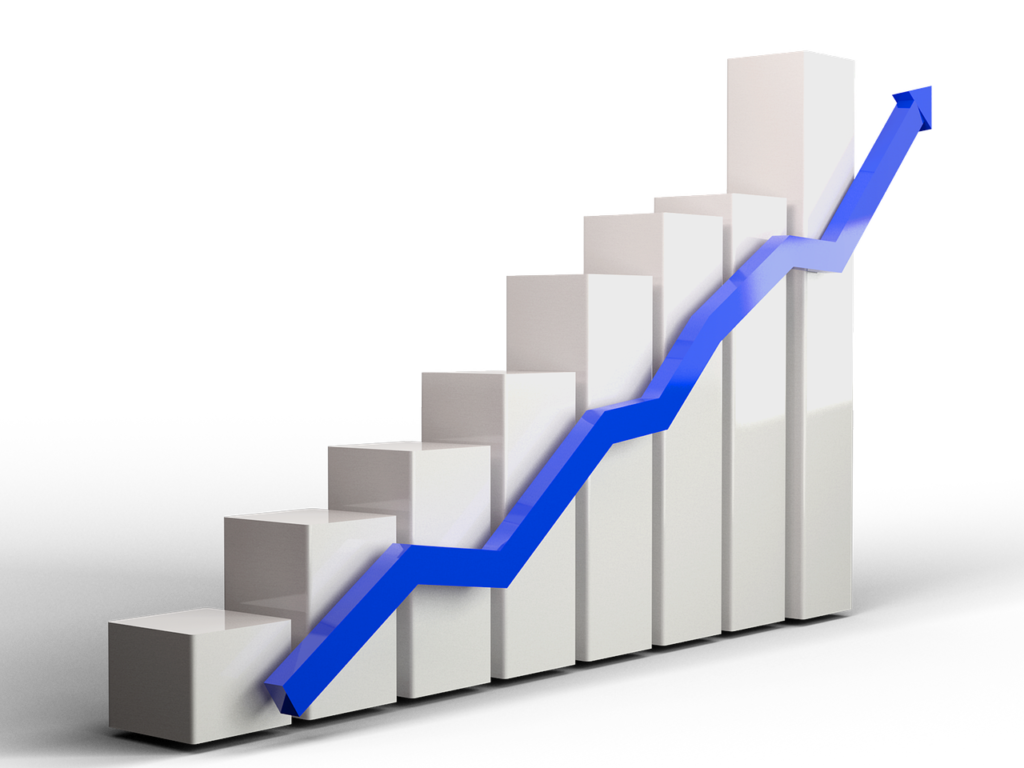Introduction:
Bounce — it sounds fun, right? But not when it’s your website visitors bouncing away before even exploring what you offer. Think about it: someone walks into a shop, glances around, and walks right out. That’s what a high bounce rate looks like online. And that’s not great for business!
In simple words, your website’s bounce rate is the percentage of people who land on a page and leave without clicking or interacting further. But don’t worry. With the right steps, you can turn quick exits into deeper visits. Let’s dive into six exciting, proven, and beginner-friendly strategies that will help reduce your bounce rate and keep your visitors returning for more.
This guide is designed to be super easy to understand—even if you’re in 5th grade! Whether you’re running an online shop, a blog, or a service website, these tips will help you build a better, more engaging platform.

1. Bounce by Intent? Not Anymore: Match Your Content to Visitor Goals
Visitors come to your site looking for something. Maybe they want tips, a product, or an answer to a question. If your page gives them what they need quickly and clearly, they’ll stick around. If not? Bounce!
Here’s how to make sure they find what they’re looking for:
Use tools like Ubersuggest to discover what people search for.
Understand if they want to learn (informational), buy (transactional), or explore (navigational).
Check what people click on from social media, emails, or ads.
Ask simple questions on your site, like, “Did you find what you were looking for?”
Use heatmaps to see where people click or stop scrolling.
When your page gives people exactly what they need, they’re more likely to stay.
2. Bounce Out Boredom: Speed Up Your Website
Imagine waiting 10 seconds for a page to load… You’d probably leave, too, right? Fast-loading pages keep visitors happy.
Here’s how to make your website faster:
Use Google PageSpeed Insights to check your site speed.
Compress big images without making them blurry.
Use a CDN like Cloudflare to load pages quickly.
Minimize code (HTML, CSS, JavaScript) with online tools.
Prioritize fixing the issues listed in your speed report.
A fast site is a friendly site. Speed = Less Bounce.
3. Bounce Doesn’t Belong on Phones: Optimize for Mobile
More than 60% of web traffic comes from mobile phones! If your site doesn’t work well on phones, visitors will bounce in a heartbeat.
Here’s how to make your mobile site awesome:
Make your layout adjust to screen sizes (responsive design).
Use big, easy-to-tap buttons.
Keep forms simple with autofill.
Avoid pop-ups that block the whole screen.
Use BrowserStack to test your site on different devices.
If it’s easy to read and tap, mobile users will stay.

4. Bounce Be Gone: Use Internal Links to Keep People Exploring
Internal links are like friendly handshakes saying, “Hey, check this out too!”
To link smartly:
Use related links inside your blog or product content.
Add “Further Reading” sections at the end of pages.
Make your link text clear (e.g., “See our top tips here!”).
Open links in new tabs to keep your page active.
Fix any broken links often.
When visitors find more to explore, they won’t leave so fast.
5. Bounce-Free CTAs: Make Your Buttons Irresistible
Your Calls to Action (CTAs) should make people want to click. Whether it’s “Get a Free Quote” or “Download Now,” a strong CTA keeps users involved.
Make better CTAs by:
Using action words (“Start,” “Join,” “Discover”).
Creating urgency (“Limited Time Offer”).
Highlighting benefits (“Get Free Shipping Today!”).
Using bold designs that stand out.
Making mobile CTAs big enough to tap.
A/B testing different styles, texts, and colors.
One powerful CTA can reduce bounce and increase action.
6. Bounce Data Into Insights: Use Analytics to Guide Your Strategy
Data is your best friend when it comes to understanding bounce rate.
Track these in Google Analytics:
Bounce rate (obviously!)
Engaged sessions (visits that lasted longer or included clicks)
Scroll depth (how far people scroll on your page)
Average engagement time (time people spend per visit)
CTA clicks and form submissions
Use this data to:
Improve weak pages
Copy the style of high-performing pages
Adjust headlines and layouts based on what works

Final Thoughts:
Reducing bounce rate isn’t about fancy tech tricks. It’s about helping your visitors feel welcomed, informed, and excited to stick around. When your site is fast, fun, and friendly, people will want to explore more.
So go ahead—try these 6 simple strategies. Make your website a place where bounce is something that only happens on trampolines!
Whether you’re a business owner, blogger, or just someone with a cool idea to share, these bounce-busting tips will help you connect better with your visitors and grow your online presence.

